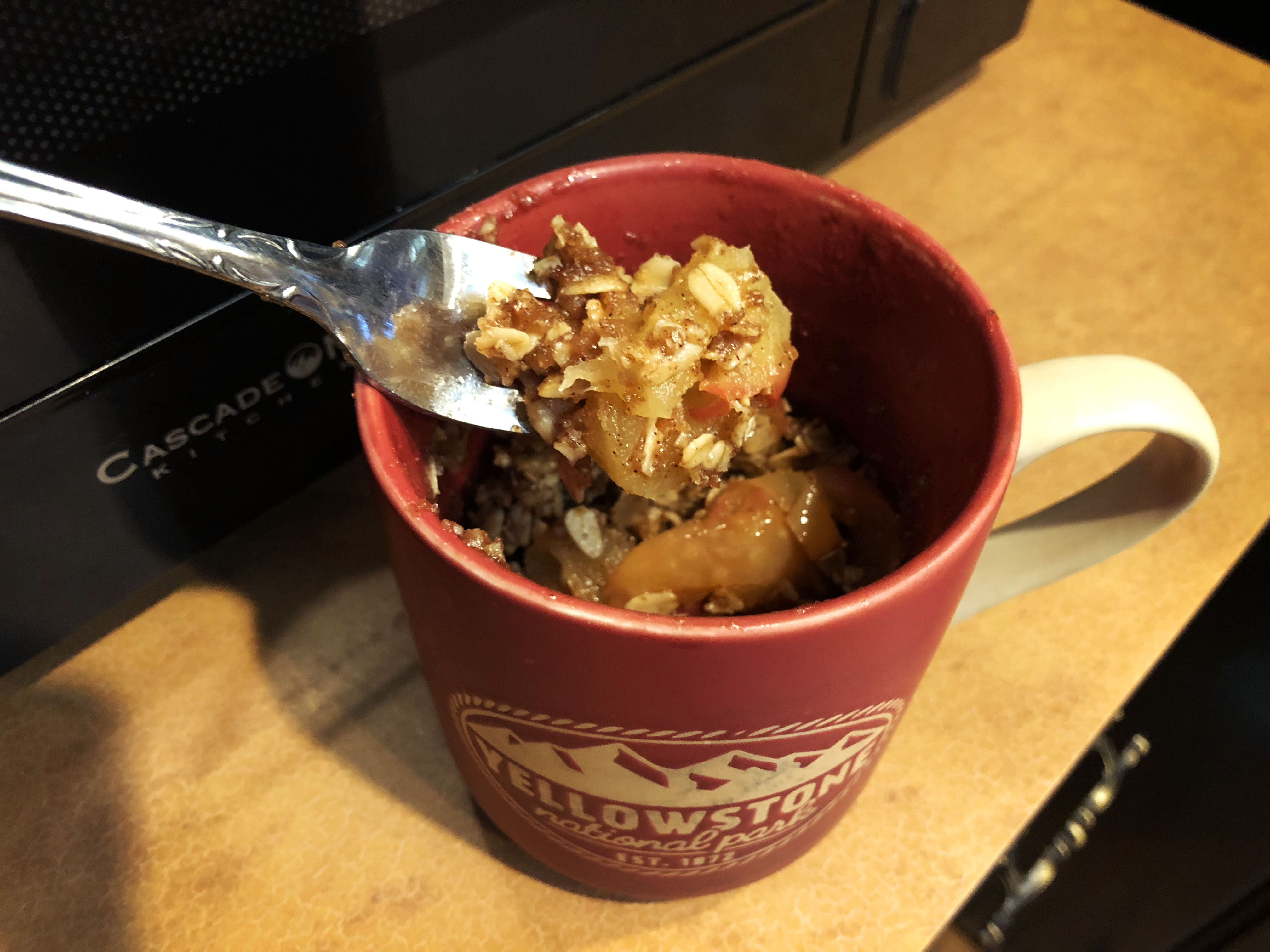The Chill Spot offers a new healthy food option in Monmouth
Allison Vanderzanden | Lifestyle Editor
On Feb. 19, The Chill Spot officially opened in Monmouth. Montserrat Rodriguez has brought a new healthy food shop — a nutrition club, as she calls it — to the community.
“We were so blessed and … overwhelmed with the support that everybody brought to us and continue to bring us,” Rodriguez said of their opening day.
Rodriguez personally experienced the energy and emotional boost eating healthy can provide, and she wanted to share those feelings with IndyMo residents. All of her products at The Chill Spot reflect this value: her smoothies, teas, food and more are low in sugar and carbohydrates and high in vitamins, protein and other nutrients.
“I always ask people … what do you feel you need?” Rodriguez explained. She enjoys personalizing every customer’s experience and recommending certain products based on their needs.
The Chill Spot serves up nothing but healthy and delicious — from protein smoothies for pre- and post-workout, to fruity aloe and herbal teas with booster options like collagen and vitamin B12, to delectable crepes and waffles. The pom berry lemonade and bomb pop mega teas are already fan favorites. Rodriguez also sells products in bulk online, so that customers can bring the health food home.
Not only does The Chill Spot provide a healthy food and beverage location, but it also offers a great place to hang out. Now that indoor seating has begun to open back up, Rodriguez hopes her shop can be a study space, a place for post workout relaxation and a club to meet up with friends and family.
Interested in a deal? The Chill Spot offers memberships where customers can get discounts for one annual fee. Customers can also get more involved with the nutrition club by becoming distributors; contact Rodriguez directly with membership inquiries at 503-983-2131.
The Chill Spot is located at 362 Main St. E in Monmouth. Their current hours are Monday through Friday from 7 a.m. to 7 p.m., Saturday from 9 a.m. to 5 p.m. and Sunday from 9 a.m. to 2 p.m. Be sure to stay up to date by following them on Facebook @The Chill Spot and Instagram @the.chillspot.

Contact the author at avanderzanden19@mail.wou.edu



